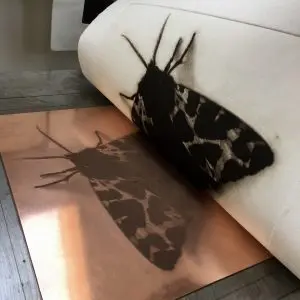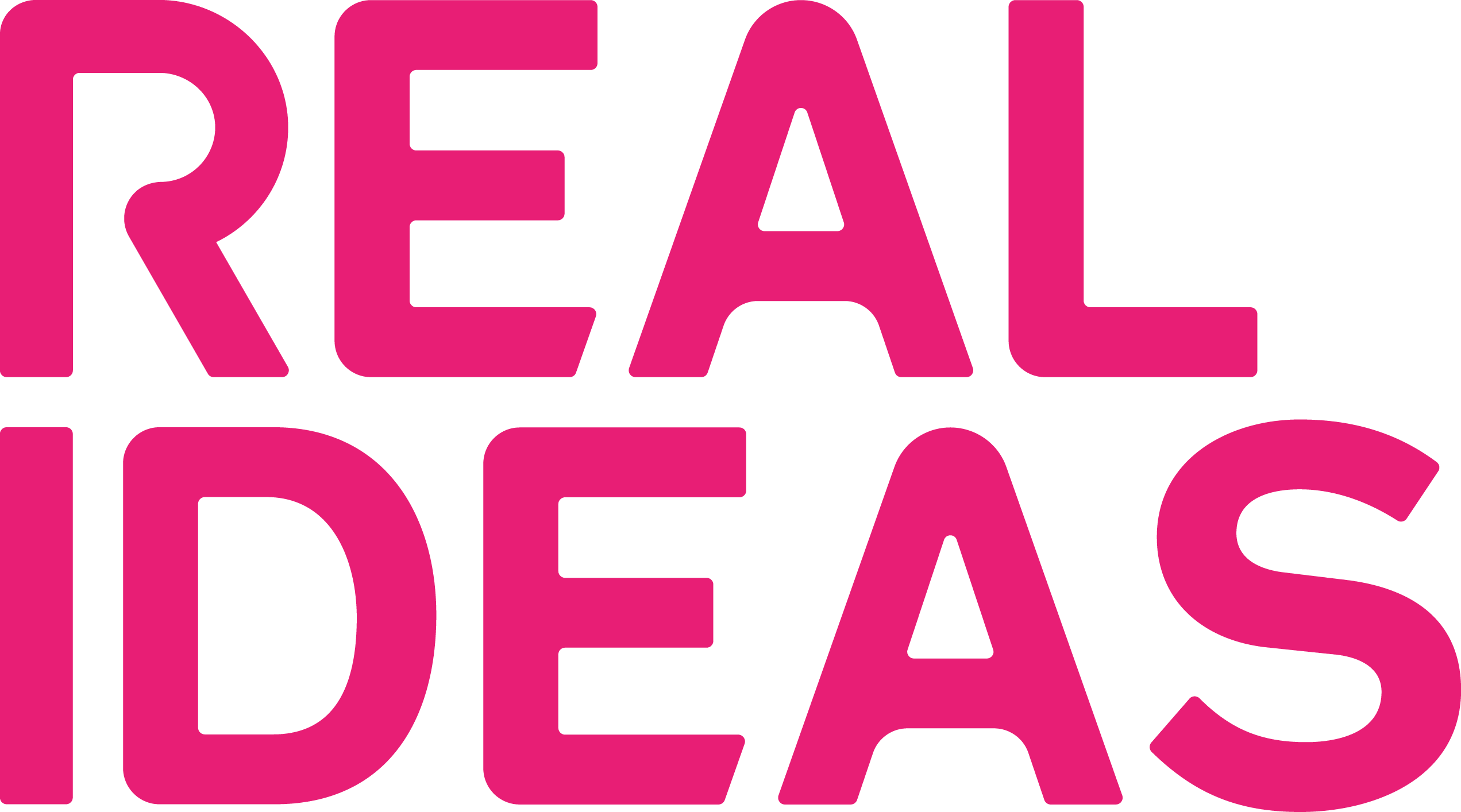Are you interested in Print but confused by all the terminology? What does monoprinting mean? What’s a cyanotype? Well this article is here to give you all the information you need to get stuck into this fun and creative art form!
What’s the difference between printing and printmaking?

Um, nothing, I hear you say?
We all know what printing is, having wrestled with temperamental office machines to produce documents, read books and perhaps even used 3D printing to make quickly produced models of ideas. These processes all describe a form of print process where the creator can create repeatable and identical results.
However, printmaking is where we become the masters of the process, crafty technicians looking to exert self-expression and control over messy and often unpredictable machines, conditions and processes to produce an intimately conceived result. An artwork which can be repeated but where each one is original and speaks of individual touch.
Talking about printmaking cannot be separated from talking about process, and there are many. The following information aims to introduce you to some of the more popular methods of printmaking, either in reputation or accessibility (beyond childhood explorations with potatoes). These are methods which artists have turned to repeatedly for the variety and quality of results the processes can offer and its immediacy with drawing as a primal form of expression.
As a stepping off point, there are three main categories of printmaking (exceptions that prove the rule exist of course) Relief, Intaglio and Surface/ Planographic (Links are provided for most of the processes and when referring to ‘plates’ we are talking about the image surface.)
Relief

This is where the negative areas, or areas not to be printed from (left blank), are cut away from the plate, leaving the design prominent. Relief processes include woodcuts, lino-cuts, relief etching, cardboard cuts, letterpress and rubbing. All of these processes take the print from the surface that remains pronounced and can be achieved by using a book press, roller press or by rubbing with some weight on the back of the paper. Relief processes can be more accessible for beginners as they often do not require lots of specialist equipment.
Collagraphs can be called a relief process, where instead of taking away material to leave the design, you add to the plate to build up the design by collaging thin items. However, they can be printed either as a relief or intaglio process.

Intaglio
Intaglio is the opposite of relief processes, whereby the print is taken from ink in the recessed areas of the plate. A design is scratched or etched into metal, plastic or sometimes coated paper (mostly zinc or copper metal however) and ink is rubbed into the grooves. The prominent areas left are wiped clean. To get the paper to pick up the ink, it needs to be dampened, laid on the plate and run through a roller press, so that the paper can be squeezed into the grooves on the plate. This also creates an embossed effect on the paper, giving it a subtle 3D quality. Processes include engraving or drypoint, etching, aquatint and mezzotint. Some of these intaglio processes can use dangerous materials, such as acid for the etching process, so often require access to specialist facilities which can provide well maintained and ventilated working spaces.

Surface or Planographic
Monoprinting, Lithography and Screenprinting all come under this umbrella however involve very different processes. Monoprinting is a simple process which creates one-off prints which can be pulled from ink on a smooth surface, with each design being worked into the ink surface each time. Lithography, by contrast, is an intensely complex process based on the fact that oil and water do not mix often using stone plates. Screenprinting is a vastly popular and straight forward process, used industrially within the textile and advertising industry. More of a stencilling technique, ink is pushed through silk onto the chosen surface.
Are there any other elements of printing you’d like to learn about? Let us know! Get in touch with us on our socials channels @ocean_studios on Instagram or @oceanstudiosplymouth on Facebook.
Why not come along to Print in Action Festival and have a go at printing yourself? We have lots of workshops, demos and tasters, plus a pop-up print shop and market all for just £10 for the day! Find out more on our Print in Action website here.
